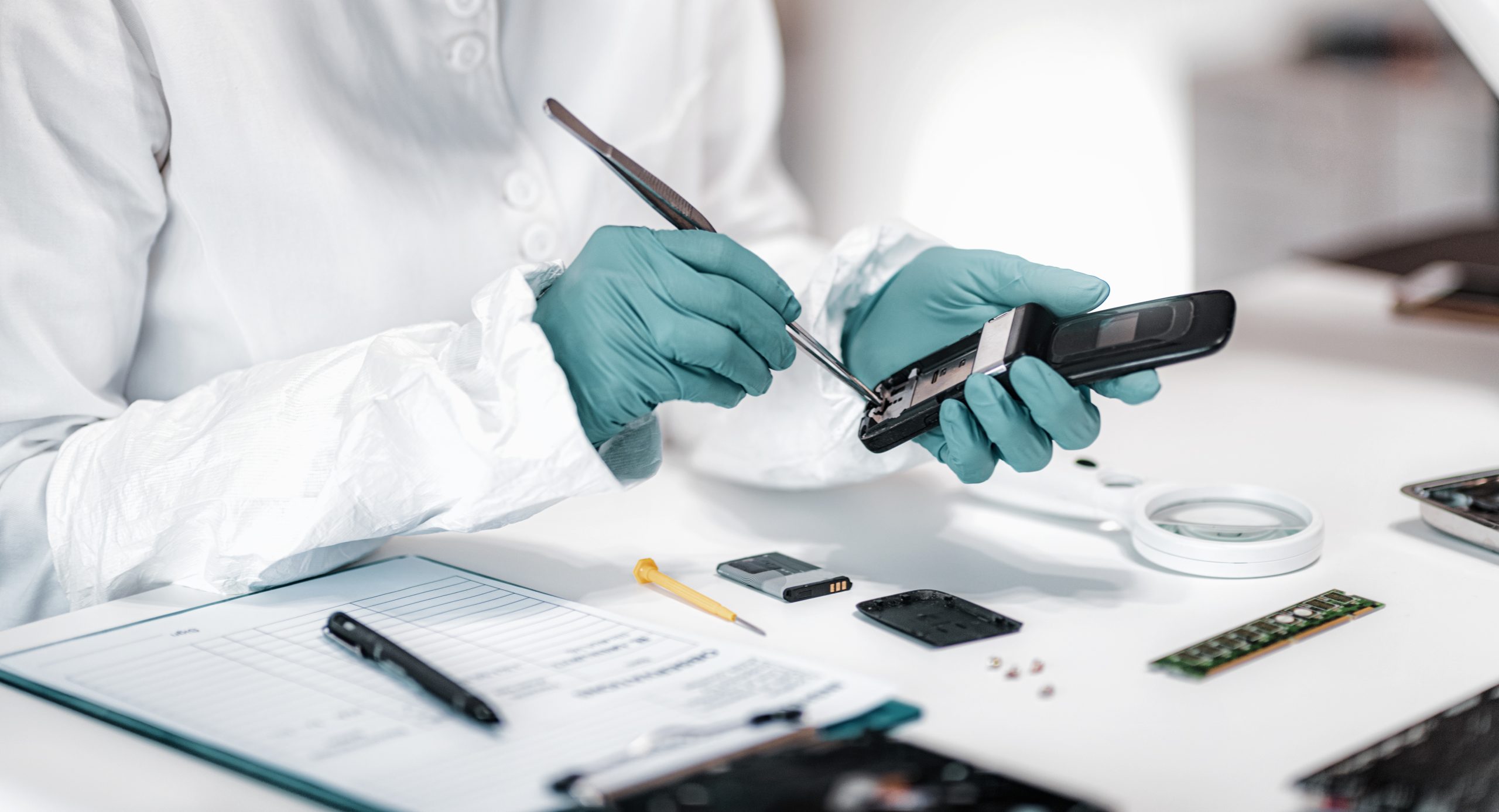Events
ACT Plenary Session

ACT Chapter Plenary Session: 27 March 2025 at 6pm. Location: Canberra Institute of Technology Restaurant. Level 1, K Block, 37 Constitution Ave, Reid ACT 2615
Title: (1) A novel application of deep learning to forensic hair analysis methodology, and (2) the use of machine learning to monitor fly succession on cadavers.
Speaker: Dr Melissa Airlie (1) and Dr Elena Gorgeva (2)
Abstract:
A Novel Application of Deep Learning to Forensic Hair Analysis Methodology
The integration of machine learning (narrow Artificial Intelligence – AI) technologies into forensic science presents both exciting possibilities and significant challenges. This talk will use the development and implementation of HairNet, a platform I designed to assist forensic hair analysts with both routine and advanced hair analysis, as well as my own experience with other government sectors. While emerging technologies have the potential to enhance forensic methodologies by reducing subjectivity and supporting forensic scientists in casework, research, and training, there are growing concerns about their effectiveness. This talk aims to provide an understanding of the potential and limitations of emerging technologies. For example, machine learning requires vast amounts of training and testing data to achieve accurate results, and even then, trained models may fall short of the nuanced expertise forensic scientists bring in addressing uncertainties and making informed judgments. The talk will address these and other concerns and provide realistic expectations of emerging technologies and will emphasise the importance of subject matter experts and the need for rigorous oversight
The Use of Machine Learning to Monitor Fly Succession on Cadavers
Historically, forensic entomologists have been recording the insect succession on cadavers by observing and trapping. The data is used to estimate the time since death in criminal investigations. However, the logistics of this method for building local successional databases can be challenging, and the gathered data can be subject to systematic bias. The most obvious bias is the use of animal models, but also the intermittent nature of trapping, and selective nature of the traps. This research examines the potential of ecoacoustics at the Australian Facility for Taphonomic Experimental Research (AFTER), which allows the use of human remains for research and training. The main challenge of identifying flies based on their sound is being addressed by creating a sound archive of five forensically relevant species, small and large, young and old, and both sexes, reared and recorded in our laboratory, augmented with validation field experiments that combine sound recording and trapping. Different to human or bird vocalisations, flies just buzz, and any communication is by frequency modulation. Therefore, common speech recognition algorithms are not very effective for distinguishing different wing beat frequencies (WBFs) between fly species. An additional technical challenge is that fly WBFs are in the same frequency domain as many anthropogenic sound sources, cars, planes, air-conditioning etc., which requires some background filtering. This presentation will further explain this novel research approach, the various results obtained and the forensic potential of these techniques and technologies.
Bio: Dr. Melissa Airlie is a forensic scientist and former police officer, currently serving as the a/Director of Science, Strategy, and Innovation at Biosecurity Queensland, Department of Primary Industries. With over a decade of experience in forensic science within the Major Crime Unit of the Queensland Police Service, she has made significant contributions to investigations and research. She holds a PhD in Biological Science from the University of Canberra, with her doctoral research focusing on the integration of machine learning into forensic science, particularly in forensic hair analysis. She also holds a Master of Science in Forensic Science from Griffith University and an Honors Science Degree in Biochemistry from Monash University. She has served as a sessional lecturer in Physical Evidence and Criminology at Queensland University of Technology for over a decade. She has delivered keynote presentations at international conferences and authored numerous publications in leading forensic science journals. Her ongoing research continues to make a significant impact within forensics and government
Elena Gorgeva is a Ph.D. student at the University of Canberra, working under the supervision of A/Prof. Jurian Hoogewerff and Emeritus Prof. James Robertson. Her research focuses on using the sound of five carrion fly species as a potential tool for surveying insects that visit human cadavers, offering an alternative to manual capture and identification methods. In the future, this research aims to expand the models to include more species and explore their application in other contexts.
